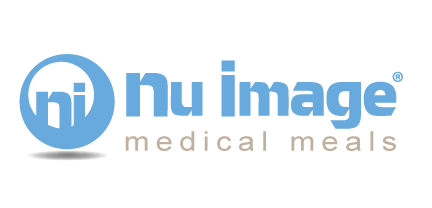5 Things You Can Do Today To Improve Your Health
Oct 29, 2013
Most of us are bombarded with health and nutrition information every day. It can seem impossible to pick meaningful changes that will make a difference in long-term health. Instead of feeling overwhelmed to change everything, start by making a few easy changes to your diet that will pay off down the road.
Here are 5 things you can start doing today that will lead to improved health in your future.
1. Skip High Calorie Beverages
Most of us know that soda is not something we want to have every day, but what about juice, smoothies and high-calorie coffee beverages? They can provide just as much (or more) sugar than soda! Instead of juice, eat whole fresh fruit. You get less sugar and more fiber by eating the fruit rather than drinking it.
Just one smoothie can contain sweetened yogurt and 2-3 servings of fruit. This adds up to a ton of added sugar and calories.
Coffee beverages have also become quite popular. However, with added flavored syrups and whipped cream, these beverages are loaded with calories and saturated fat.Compare the calorie counts using Everyday Health's Calorie Counter tool and stick with a fat-free latte to keep calories low and get a boost of calcium as well.
2. Avoid Trans-fats
Trans-fats are partially hydrogenated oils found in foods like donuts, cakes, margarines, chips and even breakfast cereal. They have been found to be more dangerous for your heart than saturated fat. Many food companies have voluntarily omitted these oils from their ingredients, but some have not. Always look at the labels of the prepackaged foods you buy to see if there are “partially hydrogenated oils” on the list. Keep in mind that a label can claim “No Trans-fats” even if there is 0.5 grams per serving.
3. Eat Protein With Every Meal and Snack
Protein helps keep you full longer, so it’s a no-brainer that it should be included with every meal and snack. Lean protein does not always have to be meat. Greek yogurt, nuts and nut butters, tofu, egg whites, low-fat cheese, hummus, tofu and beans/legumes are all high in protein, low in saturated fat. So are chicken, turkey and fish. Combine protein with whole grains, veggies or fruit for a balanced meal or snack that gives you staying-power and energy.
4. Cut Back on Sodium
There is no question that Americans consume too much sodium. According to the American Heart Association, a reduction in sodium to 1,500 milligrams per day would decrease blood pressure rates by 26 percent - a savings of $36 billion in healthcare costs over the course of just one year. How can you reduce your sodium intake – even if you never use a salt-shaker? Choose whole, fresh foods more often. Limit processed and restaurant foods by having smaller portions. Choose lower sodium options of whole grain crackers, cottage cheese and soup. Dine in more often, where you have control of what gets added to meals.
5. Eat More Regularly
A good rule of thumb is to have breakfast within 90 minutes of getting up, with meals 4-6 hours apart. Have snacks in between meals, just when you begin to feel hungry. Going too long between meals and snacks can set you up to be overly hungry by the next time you eat. It’s more challenging to make good choices about what to eat and how much when you are starving!
-------
Guest post by Jennifer Stinson, freelancer for Everyday Health and its recipe and calorie-counter tools.









